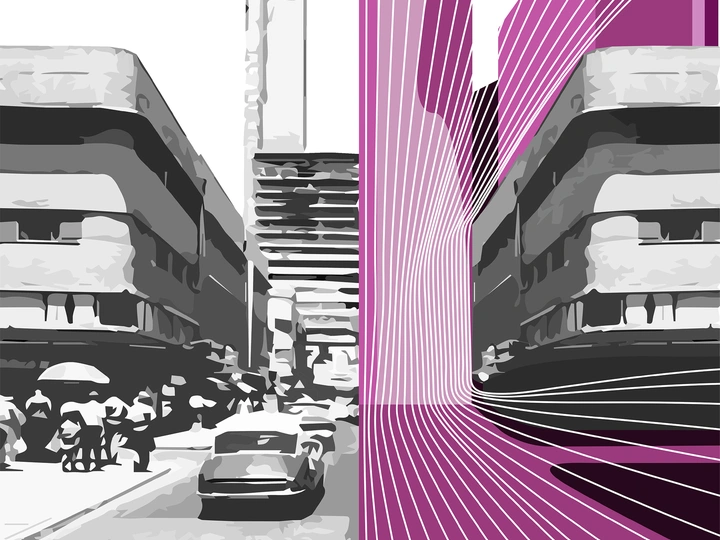White City, Data City

Arch. Mihal Ronko and Arch. Julia Barashkov graduated from Tel Aviv. Mihal has been planning in archeological sites and in preservation projects, using parametric tools. Julia specializes in digital and cognitive urbanism and has been engaged in a variety of research projects integrating digital tools in various disciplines and has taught design and digital production at leading institutions. She is currently completing her Masters degree in Wismar University, Germany.
In a time so profoundly defined by its increasing rate of change, arises the need to redefine cultural heritage preservation and the values it represents. The preservation of the UNESCO-recognized white city of Tel Aviv – a Bauhaus haven – provides an opportunity to retain the cultural and historical elements of the city while anchoring them in the present, as a permanent physical presence within the urban fabric, one that has an immediate interaction with the built environment and denizens.
The project aims to redefine cultural heritage buildings as social anchors in the city. We wish to add the social aspect of the building to the list of preservation-worthy aspects, thus protecting the ability of preserved buildings to serve urban dwellers that experience those buildings as part of their daily lives.
The allocation of public uses to preserved buildings will strengthen them as a relevant presence in the lives of users; as well the social networks formed around them - which are vital at a time when forming social connections has become a challenge. As demonstrated in our case study area of the Bauhaus “White City”, only a handful of the preserved buildings serve public or social functions.
By giving the public the tools needed to take an active part in urban planning, we wish to transition from a “White City” to a “Transparent City”. Is it possible to examine the city and its future developments against empirical parameters of satisfaction? What does a city need for its population to be happy?
Urban planners often ask whether the city is a good place to live in; however, we ask whether the city will be a good place to live in, and if so, good for whom? We wish to be able to answer that question with a bold “yes”; by simulating current functional offer and demand and studying their performance in future scenarios; and by running agent-based simulations on personalized urban dweller personas.